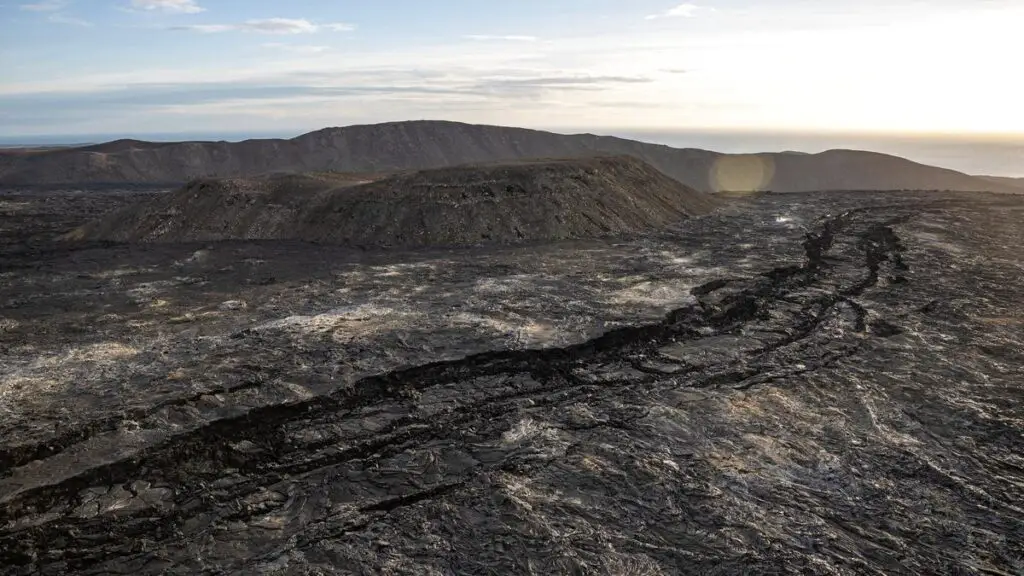A Rare Look at Iceland’s Volcanic History
In the 18th century, a massive eruption near the Vatnajokull glacier led to the devastation of the local area and the death of 25% of Iceland’s population. This disaster was caused by the eruption of the Skaftareldar volcano.
In more recent times, the Grimsvotn volcano in Iceland has been a consistent source of eruptions, with notable events in 2011, 2004, and 1902. Its 2011 eruption disrupted flights over Europe for a week and led to the dispersal of ash to Scotland and England.
The classification of the Grimsvotn eruption as a Plinian eruption, also known as Vesuvian eruptions, draws parallels to the catastrophic explosion in 79 AD that destroyed the cities of Pompeii and Herculaneum in Rome.
The Eyjafjallajokull ice cap in Iceland experienced significant volcanic activity in 2010, resulting in disruptions to air travel and a significant rise in temperatures in the nearby glacier river, Krossa.
In recent times, the town of Grindavik in Iceland faced evacuation as seismologists detected an imminent eruption near the Svartsengi volcanic system.
Finally, the tuya volcano known as “Herdubreid” in Vatnajokull National Park is a remarkable example of a volcano that was active while covered by a glacier.
Each of these events serves as a testament to the volatile and dynamic nature of Iceland’s geological landscape, and the continued research and monitoring of these phenomena are vital for the safety and understanding of this unique environment.


